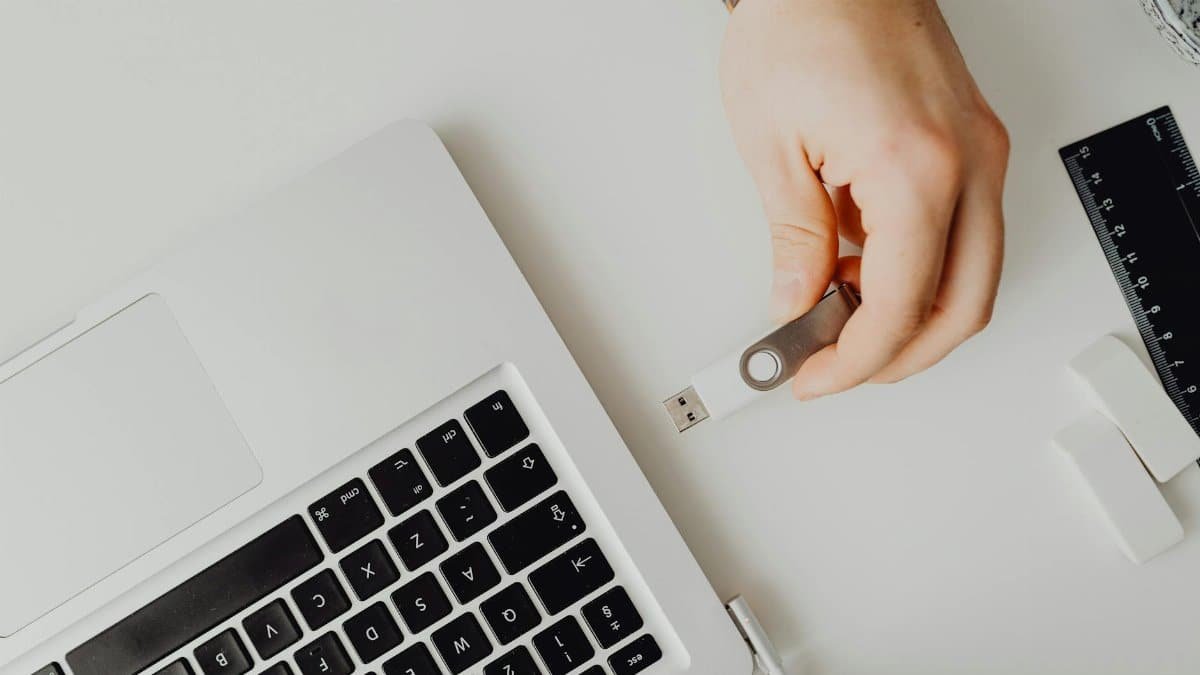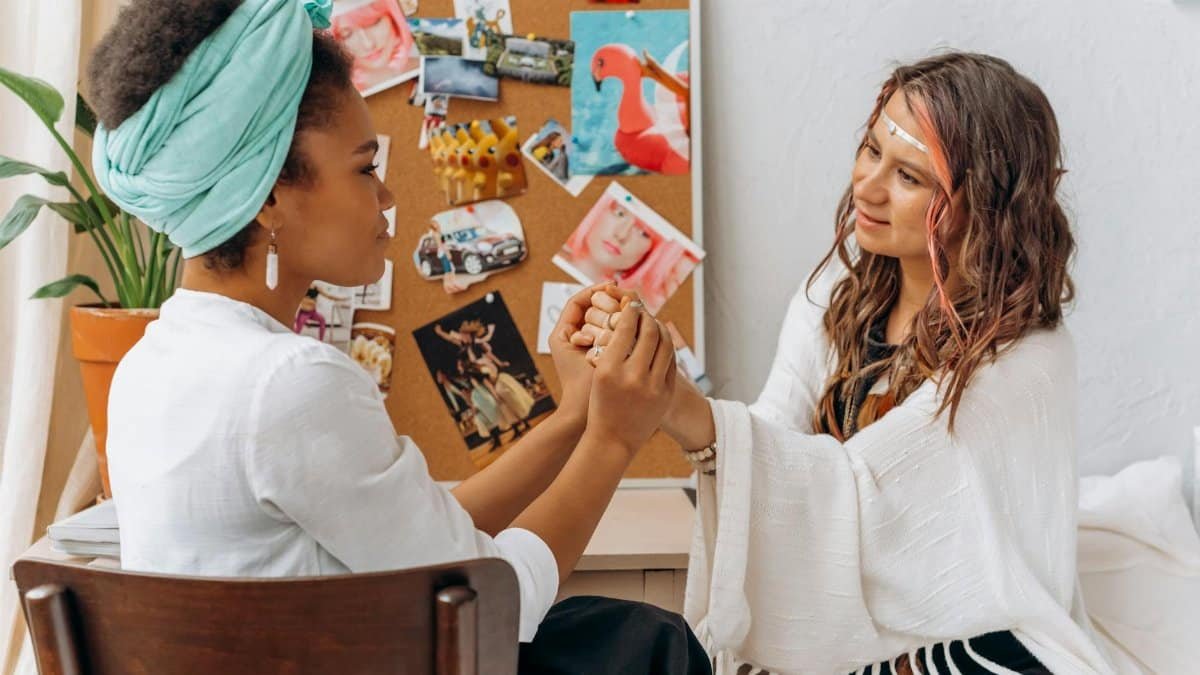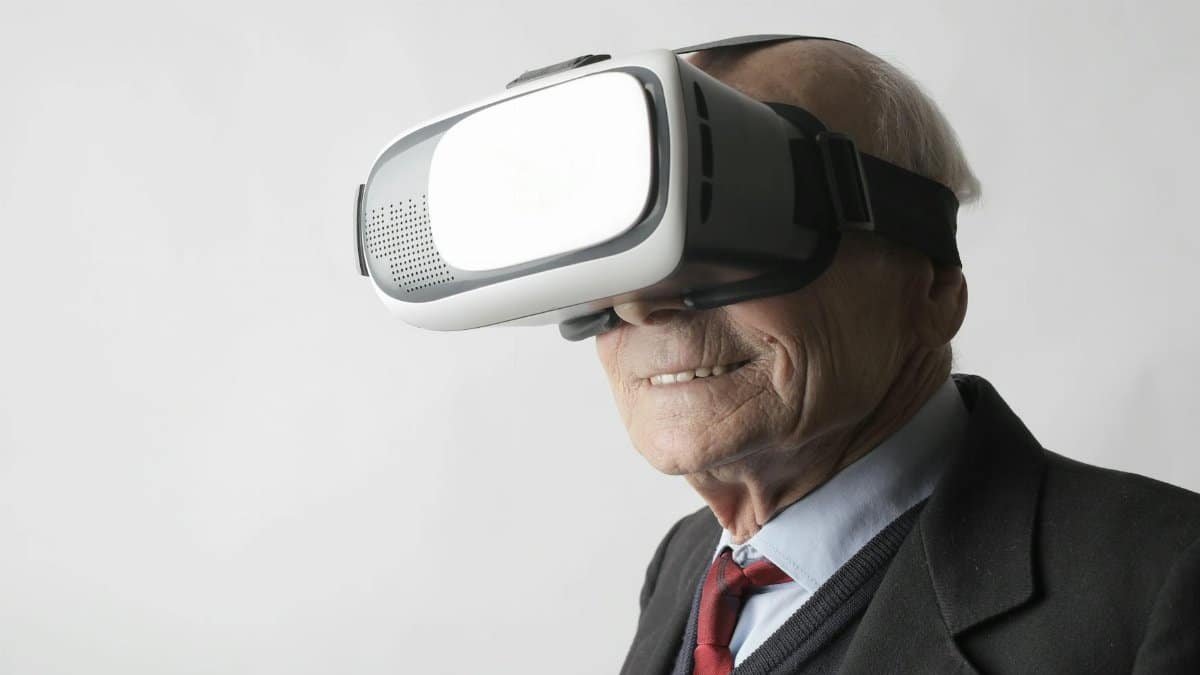Is digital intimacy long distance really the solution everyone claims? As more couples navigate miles apart in 2025, technology is stepping in to bridge the emotional gap. From video calls to shared apps, “digital intimacy long distance” is reshaping how love survives separation. But can pixels and texts truly replace physical closeness? With relationship strain on the rise, experts and couples alike are weighing the pros and cons. This isn’t just about staying connected—it’s about feeling connected. Let’s break down what’s working, what’s not, and how to make it last.
Defining Digital Intimacy in Long-Distance Relationships

At its core, digital intimacy long distance refers to fostering emotional and romantic closeness through technology when physical presence isn’t possible. Think video dates, texting sweet nothings, or syncing up to watch a movie together online. It’s not just chatting—it’s creating shared experiences despite the miles. Experts say this kind of connection is vital for couples separated by work, school, or other commitments. Without it, feelings of isolation can creep in fast, threatening even strong bonds.
The Tech Tools Driving Connection

Technology is the backbone of digital intimacy for long-distance couples. Apps like Zoom and FaceTime make face-to-face talks a daily ritual for many. Others use platforms like Netflix Party to stream shows together or apps like Couple to share private notes and photos. Wearable tech, such as smart rings that mimic a partner’s heartbeat, is also gaining traction. These tools aren’t just gimmicks—they’re lifelines for maintaining a sense of “we” when apart.
The Emotional Benefits That Matter

Digital intimacy offers real emotional perks. Studies show that regular virtual interaction can reduce feelings of loneliness and boost relationship satisfaction. A 2023 report from Pew Research Center found that 64% of couples in long-distance setups felt closer thanks to consistent online communication. Small gestures—like a goodnight video or a shared playlist—can mimic the warmth of in-person moments, keeping the relationship alive.
The Challenges of Virtual Closeness

But it’s not all heart emojis. Digital intimacy long distance has its pitfalls. Miscommunication over text is common—tone gets lost, and a playful jab can read as cold. Time zone differences can also sabotage plans for virtual dates. Then there’s the lack of physical touch, which no app can replicate. Couples often report feeling “close but not close enough,” a frustration that can build over time without careful management.
Trust Issues in a Digital Space

Trust takes a hit when everything’s online. Without physical cues, insecurities can flare—why didn’t they reply fast enough? Are they really where they say they are? A study by American Psychological Association highlights that long-distance couples often struggle with jealousy fueled by digital ambiguity. Building trust requires extra transparency, like sharing schedules or being upfront about online interactions with others.
Practical Tips to Strengthen the Bond

So how do you make it work? First, set clear expectations—agree on how often you’ll call or text. Second, prioritize quality over quantity; a meaningful 20-minute video chat beats hours of half-hearted messaging. Third, get creative—play online games or cook the same recipe together over a call. Finally, plan for the future. Having an end date to the distance, even if far off, gives both partners something tangible to hold onto.
The Reality Check: Does It Last?

Digital intimacy can sustain love, but it’s not a permanent fix. Experts warn that without eventual in-person connection, emotional fatigue sets in. Some couples thrive for years on virtual closeness; others crack under the strain within months. The key is balance—leaning on tech while actively working toward closing the physical gap. For now, in 2025, digital tools are helping millions stay in love across miles, but they’re only part of the equation.

A certified hypnotherapist, Reiki practitioner, sound healer, and MBCT trainer, Christopher guides our journey into the spiritual dimension, helping you tap into a deeper sense of peace and awareness.
Disclaimer
The content on this post is for informational purposes only. It is not intended as a substitute for professional health or financial advice. Always seek the guidance of a qualified professional with any questions you may have regarding your health or finances. All information is provided by FulfilledHumans.com (a brand of EgoEase LLC) and is not guaranteed to be complete, accurate, or reliable.
